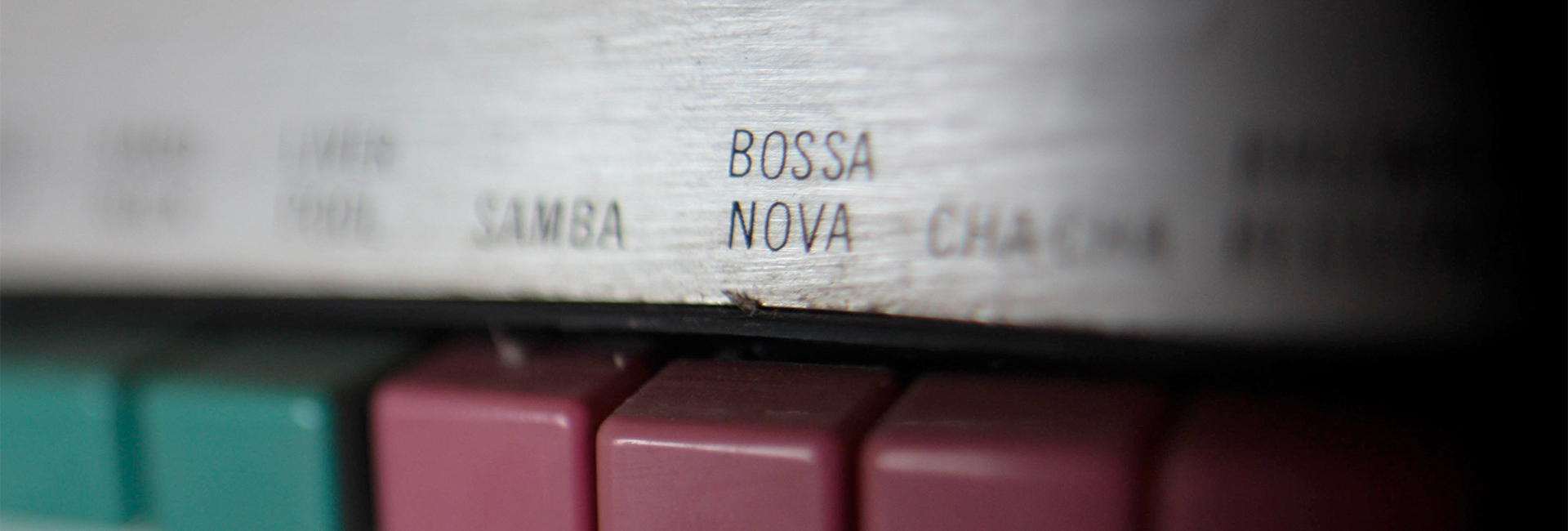Despite recent economic and political turmoil in Brazil, their eCommerce market is thriving. It’s one of the fastest growing markets in the world and the most important in Latin America. Here’s what you need to know to be successful online in Brazil.
In 2017, Brazil made up 38% of the entire Latin-American eCommerce market. In the last 30 days alone, 45% of Brazilians bought something online. And by 2022, the market will be worth over $31 billion.
The opportunity is considerable but the Brazil eCommerce market is different. To succeed, you’ll have to adapt your existing eCommerce strategy. Taking the time to get it right will undoubtedly pay off.
CREDIT AND INSTALLMENTS
Brazil’s financial infrastructure is very sophisticated and works differently from many other countries, affecting online payment expectations.
In 2017, 64% of customers used credit cards to pay for online purchases. And half of eCommerce sales were purchased through installments. Paying in installments is a norm in Brazil – even high earners use credit cards to pay in installments because they can keep their money invested as long as possible.
This financially savvy cultural norm affects consumer expectations in Brazil when it comes to payment options. Even luxury brands should consider this and adjust their thinking when it comes to typical customer profiles for luxury.
70% of luxury products bought online in Brazil are paid for using credit card installments. This may add some complexity to localizing your online shopping experience for Brazilian consumers. However, it also opens up the luxury sector to a much wider Brazilian customer-base attracting consumers with lower disposable incomes than typical luxury buyers in other markets.
When it comes to payment preferences, Brazilians appreciate having a choice, especially for more expensive products. Credit card payment is king, but 16% of shoppers still use PayPal, and 20% prefer cash payment via bank slips (boleto bancário). Brands targeting Brazil eCommerce should offer customers plenty of payment options and consider adjusting payment structures to meet typical payment expectations in Brazil.
GO NATIVE
Because English proficiency is low in Brazil and competition is high, it’s best to localize both eCommerce sites and post-sales support into Brazilian Portuguese before launching in-market.
According to the CSA’s Can’t Read Won’t Buy study, 57% of Brazilian consumers are more likely to purchase products when presented with content in their own language and are particular about translation quality. 70% of Brazilians think in-language support is important, and six out of ten would change brands for it. 16% even said they would switch to a brand with Portuguese support at any price point.
When it comes to price sensitivity, high import taxes in Brazil can be challenging for foreign brands. One way to get around that is by making products in-country, or by partnering with local manufacturers. Global brands like Burberry, Apple, and Nissan have taken that step to open up the Brazilian market.
While finding a solution in keeping your brand and products accessible to Brazilian consumers will take time and research, it will be key to longer-term success in-market.
SAVE THE DATE
Like the rest of the world, Brazilians spend big during the holidays. And they especially love holiday savings. More than half of Brazilians are price sensitive. For the right price, they’ll even switch loyalties from preferred brands.
Holiday-based sales events should, therefore, play a key part in any Brazil eCommerce strategy. It’s important to note that Brazilian dates for many traditional holidays are different from the US:
- Valentine’s Day is June 12.
- Mother’s Day is the second Sunday in May.
- Father’s Day is the second Sunday in August.
Several national celebrations are also unique to Brazil, like Carnival (officially the Tuesday before Lent, but celebrations can last for days) and Children’s Day (October 12). Add these events to Brazilian marketing calendars to achieve a locally authentic, successful campaign.
MARKETPLACE PLATFORMS
Thanks to improved internet connectivity, mCommerce has recently skyrocketed in Brazil. The market is expected to double from $5 to $10 billion by 2021, making a mobile-ready app or site crucial to success.
Although Brazil is also a key market for eCommerce giants like Alibaba, eBay, and Amazon, they’re not used as widely as home-grown sites. Amazon is actually a relatively new player in the market, only launching its full service in 2017.
Local eCommerce marketplaces like Netshoes, Americanas, and Submarino are among the top online shopping sites used by Brazilians. Mercado Livre is wildly popular in Brazil, accounting for over half its global revenue. Known as MercadoLibre to the rest of the world, the Argentinian eCommerce site’s Cross Border Trading concept allows international sellers to reach all the regions in Latin America.
These platforms can be a great starting point for companies looking to sell their products in Brazil, providing easy access to an authentic shopping experience for your brand.
FINAL THOUGHT
The eCommerce opportunity in Brazil is huge. However, in-market success calls for research and planning. For long-term impact, be sure to support locally relevant payment methods, and provide a locally authentic shopping experience by making use of popular online marketplace platforms.


